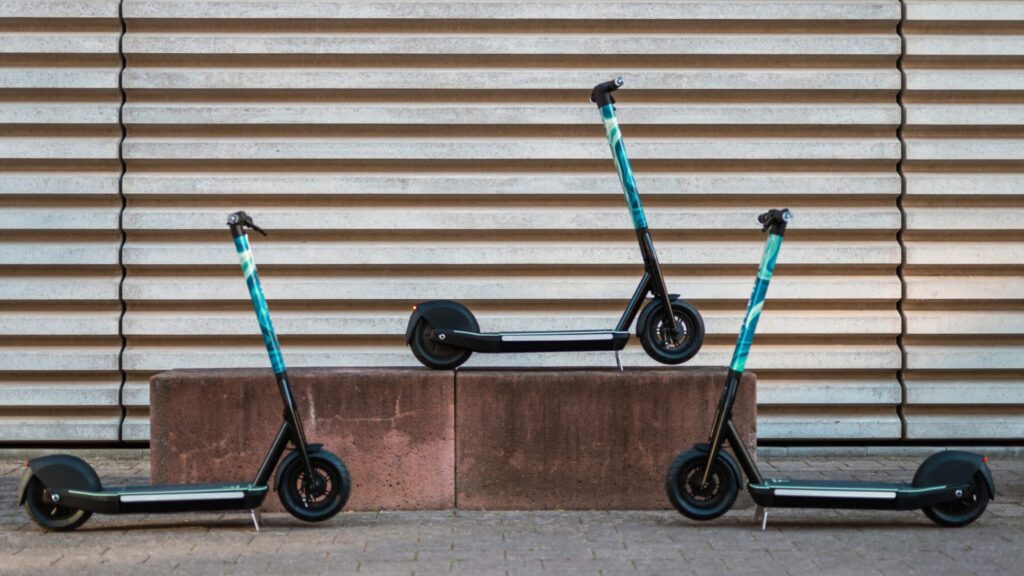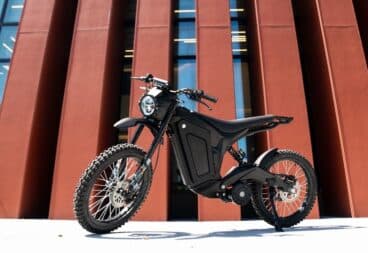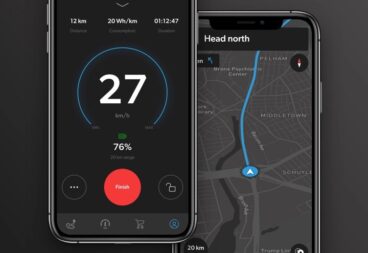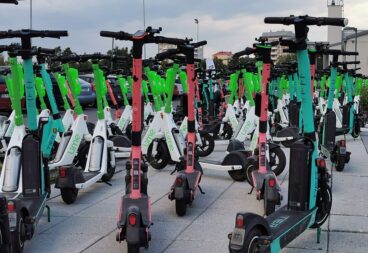
The Äike 11: Designed for Europe’s Streets
In a referendum with only 8% voter turnout, the city of Paris has banned shared electric scooters from its streets ahead of hosting the 2024 Olympic Games. It’s another seeming blow to mass adoption of scooters in Europe. But the problem with scooters in the EU has not only been one of government regulations and bans.
Another reason scooters haven’t taken off in Europe the way they have in the US and other places in the world has to do with the brute facts of riding European cities’ ancient streets. European electric scooter maker Äike has stepped in to address the issue with their Äike 11, a bigger, beefier version of the company’s original scooter, the Äike T.
While cyclists have (more or less comfortably) ridden over cobblestone, brick, and even less-forgiving terrain in Europe’s cities since the bicycle’s beginning, the tiny wheels of many electric scooters aren’t always up to the task of taking on roads originally made for horse and cart.

Äike’s scooter has been specially designed as a fleet vehicle for the EU’s punishing roads. With its large, air-filled tires, heavy-duty steel frame, H-shaped fork, and low center of gravity, the Äike 11 has proven roadworthy in two pilot fleets already. The first, Tuul, has operated 2000+ vehicles in Pärnu and Tallinn, Estonia (Äike’s city of manufacture) as well as Riga, Latvia, since 2020.

Tuul found that Äike’s scooters basically eliminated the two biggest cost drivers and environmental problems of electric scooter sharing: scooters that fall apart and have to be repaired and replaced frequently; and scooters that have to be picked up by trucks or vans each night so they can charge.
Äike scooters use lightweight replaceable batteries that swap in and out easily, and they seem indestructible under most conditions. The Äike was “built for Europe,” the company writes, and succeeds in “all road & weather conditions.” The scooter has been “tried and tested in all weather conditions – from the Mediterranean heat to the Nordic winters.”
Äikes aren’t only built for Europe, but they’re also entirely manufactured in Europe, the only electric scooter on the market that can make that claim. And they’re made of 42% recycled material and the scooters themselves are 92% recyclable.

Since 2021, Norwegian sharing company Surf has operated over 600 Äike 11 scooters in cities like Oslo, where even the mildest winters can render most electric scooter fleets useless. The Äike 11’s steel frame, tested off-road capability, and weatherproof design seems undaunted.
Although most Norwegians still prefer skis during snowy winters, electric scooters have made inroads in places where they might never have become popular thanks to Äike’s serious approach to a durable, modular design that’s also IoT upgradeable and GPS protected.
We know what we’re doing! Äike confidently declares. When it comes to Europe’s roads, we’re inclined to believe them. Whether they’ll be able to make the same appeal to US riders remains to be seen, but they’ve grabbed our attention with fun campaigns and cool tech already, so we will definitely keep you posted.



